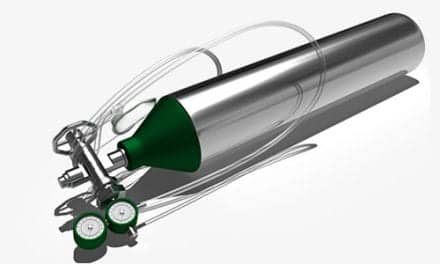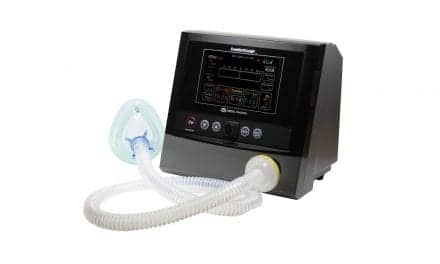Using a “lung-protective ventilation strategy in intermediate-risk and high-risk patients undergoing major abdominal surgery was associated with improved clinical outcomes and reduced health care utilization,” according to research in the current issue of the New England Journal of Medicine.
Patients in the lung-protection group experienced nearly two-thirds fewer major complications, as compared with those receiving non-protective mechanical ventilation, such as pneumonia or acute respiratory failure within a week after surgery.
For the study, investigators split 400 patients undergoing abdominal surgery into two groups; participants either received standard mechanical ventilation during the procedure or they received lung-protective ventilation, a method often used in the intensive-care unit. Among other adjustments, lung-protective ventilation lowers the volume of air inhaled and exhaled during respiration. All patients were considered at intermediate or high risk of pulmonary complications after major abdominal surgery.
Of those receiving lung-protective ventilation, 10.5% experienced major complications such as pneumonia, acute respiratory failure, sepsis or death; compared to the 27.5% of patients assigned to nonprotective ventilation who experienced the same issues. Only 5% of patients on lung-protective ventilation required breathing assistance or intubation for acute respiratory failure within a week after surgery, compared with 17% from the nonprotective ventilation group. Hospital stays also were shorter among those in the lung-protective ventilation set.
The benefits of a lung-protection ventilation strategy outweigh rare and easily avoidable negative effects, and the strategy doesn’t cost any more than standard ventilation, according to study author Emmanuel Futier, MD, PhD, an assistant professor of anesthesiology at Estaing Teaching Hospital, at the University of Clermont-Ferrand in France. This “only implies a shift in thinking in the way to set ventilator parameters. There is no extra cost to surgery.”









